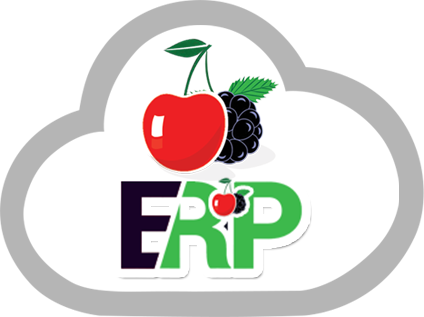Optimizing Fixed Assets through Fixed Asset Management Solutions
Fixed assets such as property, plants, equipment, and other infrastructure represent major investments and costs for businesses across sectors. From large-scale manufacturing plants to the computers in an office, fixed business assets play a crucial role in supporting operations and enabling the delivery of products and services. However, without careful management and oversight, the significant value tied up in fixed assets can fail to be utilized to its fullest. This underscores the importance of robust fixed asset management solutions to monitor assets’ usage, maintain their condition, and derive the greatest lifetime value.
Need for Fixed Asset Management Solution:
As of 2022, global spend on fixed assets amounted to over $10 trillion. For context, that represents over double the annual gross domestic product of China. With such tremendous resources devoted to assets that usually have long, multi-year lifecycles, businesses are recognizing the imperative need for the visibility, control, and optimization of these investments. The risks of mismanagement can be severe, resulting in suboptimal asset productivity, unexpected downtimes and costs due to poor maintenance, and short asset lifespans failing to achieve complete depreciation. Thus, fixed asset management solutions have become a vital area for companies to leverage technology to track and maximize their assets.
Core Capabilities to Optimize Lifetime Asset Value:
At their foundation, fixed asset management solutions provide an accurate centralized register of all owned assets with key details on their specifications, locations, conditions, and accounting and maintenance records. Robust solutions will assist with core capabilities such as:
Asset Register & Lifecycle Tracking:
Compiles assets in a searchable, sortable database with status updates over time. Integrates purchase, onboarding, movement, maintenance events, depreciation schedules, and retirement.
Maintenance & Repair Management:
Schedules and digitizes preventative and condition-based maintenance, links work orders with assets, and monitors repair costs. Enables failure analysis and reliability optimization over time.
Warranty & Contracts Monitoring:
Tracks asset warranty periods and exposes upcoming renewals/expirations. Centralizes vendor contracts to monitor terms.
Audit & Compliance Controls:
Provides chain of custody and audit trail for demonstrating proper policies/controls are upheld (e.g. asset security, acceptable usage). Supports standards compliance.
Utilization Tracking & Analytics:
Captures asset usage rates and metrics. Analytics to optimize asset productivity, develop usage profiles, and right-size asset investments based on how they are actually consumed.
Cost Allocations & Accounting:
Generates accounting data for depreciation, valuations, capitalization, and expense allocation to integrate with finance systems.
When these core tracking and analytics capabilities are delivered via a holistic asset management solution, significant efficiencies and cost savings can be achieved on both operational and accounting fronts. The aggregated data provides powerful visibility that minimizes lost, unused, or underutilized assets. Trends help improve maintenance reliability while the total cost of ownership of different asset types and manufacturers can be compared. The analytics aid data-driven investment decisions for future purchases and retirement of assets approaching end-of-life to avoid value destruction.
Realizing the Potential via Best Practices:
However, asset management solutions are ultimately just enablers. To realize the full advantages, companies must embed operational discipline and deliberate management practices centered on asset productivity and efficiency. Key success factors include:
Securing Buy-In Across Stakeholders: Cross-functional participation from groups like Procurement, Operations, Finance helps ensure inputs and adoption. Participation from senior executives provides necessary oversight.
Defines Policies & Asset Hierarchy: Standards for asset categorization, ownership and accountability, maintenance schedules, usage protocols.
Phased Roll-Out Strategy: Structured asset registration and integration plan prevents being overwhelmed. Typically grouped by geography, facilities, or asset types.
Assign Asset Managers: Designated managers that liaise with users, oversee assets, coordinate maintenance in alignment with policy and monitor for irregularities.
Condition Inspections & Usage Audits: Proactively verify assets exist, match records, and evaluate status. Assess current utilization levels relative to capacity.
IT System Integrations: Connect asset data with CMMS, ERP, billing systems. Create unified data foundation via IT infrastructure.
Continuous Improvement Culture: Regular asset and policy reviews, audits for gaps leading to adjustments. Progress tracking with benchmarks and goals.
Conclusion:
Taken together, fixed asset management solutions merged with deliberate adoption provide companies with unprecedented visibility over valuable capital equipment. This opens up data-backed opportunities to optimize the productivity of existing infrastructure while making smarter decisions on maintenance practices and future investments. With trillion-dollar global asset bases, even marginal improvements yield significant monetary returns and competitive advantages for firms that become leaders in asset management. The solutions to capitalize on this potential are now readily available. Contact CherryBerry ERP to avail of this service effectively.
